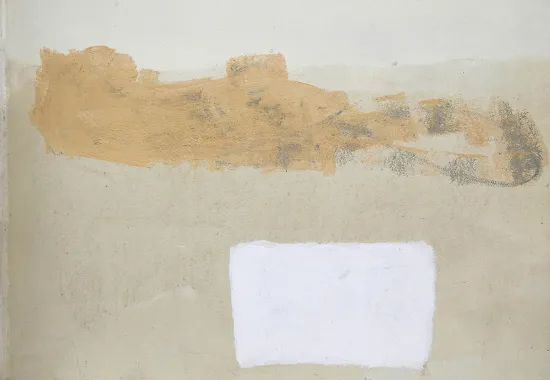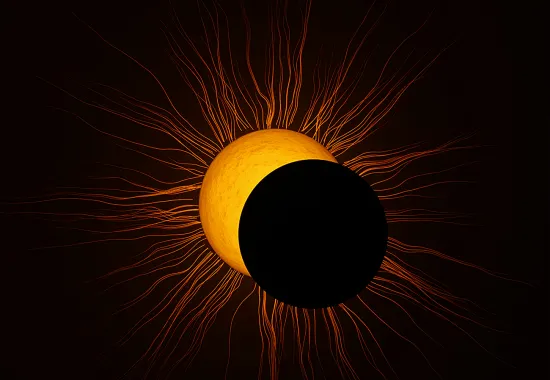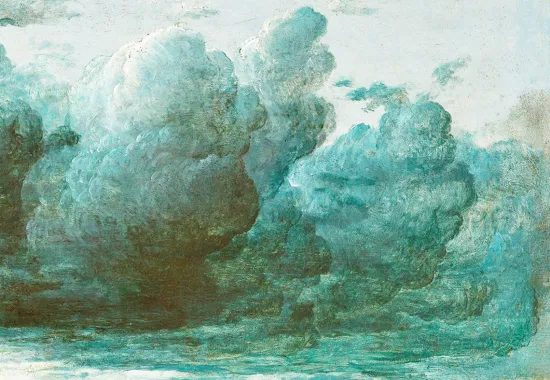The Edge of the Poem
Sylvia Plath’s poem “Edge” is and should be notorious for its aesthetic theory: the poem states categorically that artistic perfection kills its creator and that only the death of the maker completes the work. The poem is notorious because Plath seemed to be in favor of suicide when she wrote the poem, calling not the poem but the poet “perfected” in death, and then, of course, she killed herself after writing the poem. But Plath’s “Edge” still makes a good point, of a kind. Any poem cannot be read all the way through, that is completely understood, until the circumstances of its writing, including the life of the poet from which it emerged, are set, done. Otherwise the work is in medias res, which has its own pleasures; to wit, the blog. I think that Plath’s poetry in Ariel succeeds because it is absolutely faithful to the concept of the edge. The edge is where the poem shows everything that is left out of the poem. Plath is supposed to be a confessional poet, but really, her work is anything but effusive, gossipy. Instead, her work is open to the limit, open to the space outside the poem that has to show the words as cuts, edges in some other surface almost impossible to see in its completeness. From Ariel, I like “Sheep in Fog” the best. It almost refuses its own presence on the page. Maybe it is a poem of exhaustion, but it accomplishes itself by the same code as the more famous work from the collection. It is Plath’s precise and, one feels, ineluctable knowledge of the edge—not death as a limit but the shape of formal meaning, the detail that cuts and in cutting shows some sublime distance from which it emerges—that makes many of her poems work, even despite their tendency to histrionics. I think about it all the time, or rather all the time I am writing. What is the word, the line, that cuts, that can show that edge?
Claire Millikin grew up in Georgia, North Carolina, and overseas in Southeast Asia. She has lived and taught in New York City, and in rural coastal Maine, and now lives in Virginia and teaches for the Studies in Woman and Gender program at University of Virginia. Her work has appeared in the Alabama Literary Review, The Connecticut Review and is forthcoming in Chautauqua Literary Journal and the Louisiana Review. Claire's works have appeared twice in North American Review: "Charm School" in issue 296.2 and "In the Kitchen" in issue 294.2 .
Photo by Ian Paterson
Recommended
Mercy
Eclipsing
Psychic Numbing





